Last week, I received this compelling infographic which illustrates our current world population of 7 billion people.
To put things into perspective, during the 16th century there were only about 500 million people on earth, and the world population did not reach 1 billion until around 1800. The number of people have doubled in the last 50 years. These stats are alarming, especially with the current growth rate of about 80 million people added each year.
After researching this historic milestone, I felt alarmed for our beautiful planet as glaciers are melting, water tables are falling, rainforests are being decimated, plants and animals are vanishing, food is becoming scarce, and people are suffering from starvation and natural disasters.
It is interesting to note that UN demographers project that as the Earth’s population grows, more people will live in cities. In 1950, only 28.8% of the world’s population lived in urban areas, and now over 50% are urban dwellers. The United Nations projects that almost 69% will in cities by 2050, when the population is expected to reach 9.3 billion. The number of people who live in cities by then will almost equal today’s world population!
Yes, we have bigger issues than “Art” ahead; nevertheless, I could not help but wonder how the world population growth will negatively or positively impact the art market. In an effort to answer this question, I have asked a few popular art marketing experts for their help.
I hope you take a moment to read this infographic before you read their answers below… Thank you. ~Lori
Seven Billion
Created by: Masters Degree Online
John R. Math: “7 billion people, coupled with technology will create incredible opportunities for both the artist and the art buyer.
As an artist, more opportunities to sell your art and for an art buyer there will be more and more ways in which to
be exposed to and able to buy art, in nontraditional ways.”
J. Jason Horejs: “I think the over-all impact is positive, though it may be only slightly so. More people = more potential buyers. Of course it also means more competition, so that can mitigate the increased market a bit. The more important issue is the number of people moving up the income ladder around the world. As more and more people around the world have increased spending power and, eventually, greater discretionary income the art market will increase. I expect the economy to turn in the next few years and we should see a real boom both domestically and internationally (I am seeing a dramatic increase in international sales).”
Carolyn Edlund: “Even though most of those seven billion people won’t be concerned with purchasing art, they do represent the global audience that the market has become. With the Internet creating a global 24/7 opportunity for sales, artists have more ability than ever to connect with buyers. What artists need to be able to take advantage is to learn smart methods of connecting and marketing, and how to distinguish themselves above the fray.”
Jason Dirks: “7 Billion people can do A LOT of positive things to impact the ART Market and we hope we do! With technology rapidly advancing every day, we and the rest of the 7 Billion people on Earth have an opportunity leverage this technology and impact the ART Market in a number of ways. For example, share news about favorite artists with your personal and professional networks, learn a new skill by taking an art class or simply purchase a piece of art every year to help support this wonderful ART Market! If only 10% of the world’s population were to purchase a minimum of $100 of art every year, that’s equates to a $70 Billion dollar ART Market and one that can sustain and thrive for generations to come.”
Aletta de Wal: “We have always adapted regardless of how many people are on the planet. I propose three universal principles that have a positive effect on the world in which artists co-habit and create. 1. We always want to make the best art we can make. Document what you learn from in person and online instructors, and through your own experience so that you pay it forward for the next generation to study. 2. We always need an art tribe. Find people who resonate with your best art and who are influential. Ask them to tell others in person, in print and online so that there will be a record for the next generation to see what has come before. 3. We already live our real lives locally and our potential art market is global. Make connections with people in countries where the population is growing and the market for art like yours has a foothold. Help grow that market for the next generation by stimulating the conversation about it. If we do these things, we will continue to grow the art market now, and we will make changes that we need to make as the population grows.”
Maria Brophy: “More people to enjoy Art!”
*****
What are your thoughts?
Here are a few more interesting links on this subject:
http://www.lifeslittlemysteries.com/where-do-people-live-population-2135
http://www.coolinfographics.com/blog/2011/11/8/how-did-we-get-to-7-billion-people-so-fast.html
http://www.thersablog.com/2011/10/7-billion-people-and-rising-interactive.html
*Do you need a lift after reading this? 7 Billion Actions is making an effort at making the world a better place by collecting stories of individuals making a difference in their communities – and globally. Stories that can inspire others to take action.
*Also, this is really interesting > To find out where you fit into timeline of human life, go to this website, and fill in your date of birth to find out! http://www.bbc.co.uk/news/world-15391515
PS. Thank you to Tony Shin for sharing his infographic.
PSS. Let’s meet on Twitter , Facebook and Google Plus! Are you curious about my paintings? You can visit my art website to see my paintings. ~Lori


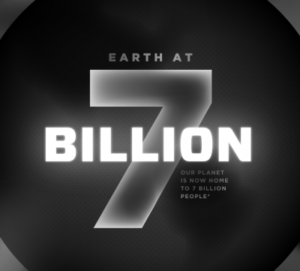

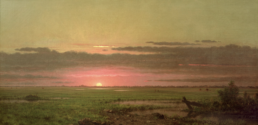
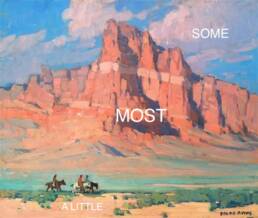
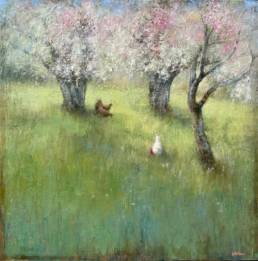
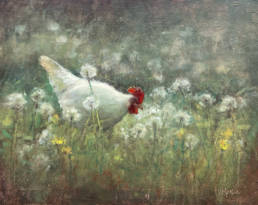
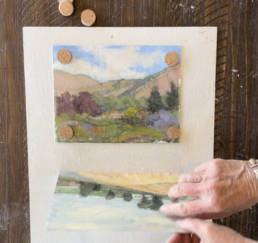
Interesting topic!
The growing population will certainly create new problems, new solutions, new marvelous minds, more artists, and more buyers. The inventors of the future will be inspired to create new things that will help the earth to support the population growth because they look at inspiring imagery created by artists.
Imagery produced by artists will also help the population growth to slow down, by clearly informing people on the wisdom of having smaller families. Artists are so vital!
😀
Have an excellent day!